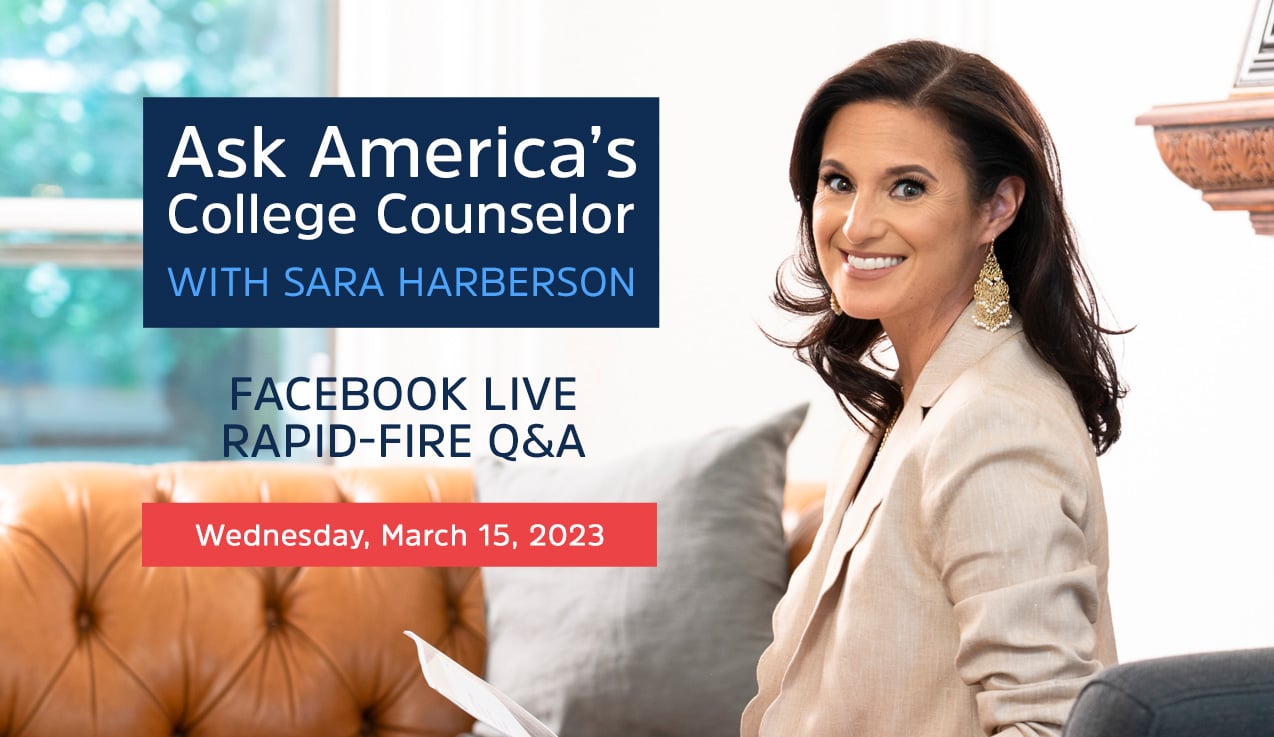I used to take such pride when I wrote a letter of recommendation for a student. As the school counselor at a high school, I carefully crafted letters that I knew admissions officers wanted to read.
After spending the first half of my career as an admissions officer and dean of admissions, I was keenly aware of what those letters of recommendation could do for a student. But over the last few years, many colleges have reduced the number of letters of recommendation required or no longer permit them.
While this can save school counselors and teachers a lot of work, this trend reveals the underlying challenge of college admissions: overwhelming numbers of applications and a more streamlined approach to reading and evaluating these applications. Colleges are adapting and the first thing to be reduced or eliminated to speed up the process are letters of recommendation.
Here are three trends to be on the lookout for:
Trend #1
A growing number of large public universities do not require a letter of recommendation from the school counselor. Arizona State University, Indiana University Bloomington, University of California system, University of Pittsburgh, and University of Florida fall into this category. If a student's curriculum, grades, or high school environment need to be contextualized or explained, the student cannot rely on their school counselor to mention this in the letter of recommendation. Therefore, I am now recommending that students use the "Additional Information" section of the application to explain in a very concise manner issues like scheduling conflicts, courses being canceled due to low enrollment or teacher shortages, and anything else related to the transcript.
Trend #2
All of the same large public universities that I mentioned above (plus more) are also not requiring letters from teachers. When there is no commentary from teachers, it indicates that the university's admissions process is less holistic. This means GPAs, class rank (if available), and test scores are the focus of the admissions process rather than the student behind these numbers. How a student treats their classmates, what contributions they have made to the classroom, and how they enhance the learning environment will not be considered by these colleges.
Trend #3
Some highly selective colleges are only requiring one letter of recommendation from a teacher. In the past, most highly selective colleges required two letters of recommendation from teachers. The University of Michigan, University of Notre Dame, New York University, Wake Forest University, and Tufts University only require one teacher recommendation letter. It is no coincidence that these schools have experienced record application totals in the past several years. NYU, for example, received almost 120,000 applications this year. Something has to give. Having one less letter of recommendation can speed up the process.
READ MORE: Will ChatGPT Eliminate the College Admissions Essay?
Many students will ask me if they should submit letters of recommendation when they are not required or send in additional ones. My answer is uniformly, "no." These colleges barely have time to read the required pieces of an application. The admissions officers do not want anything extra in the application as it will slow them down in the reading and evaluation process.
When requirements are dropped and less materials are requested by a college, it is a signal to all of us that the admissions process is being streamlined. While this has some benefits to students and letter-writers, it means that admissions officers are spending even less time on an application. Letters of recommendation used to be a way colleges could determine what type of community member a student would be. Without letters of recommendation, it begs the question: What else will be eliminated from the process?












